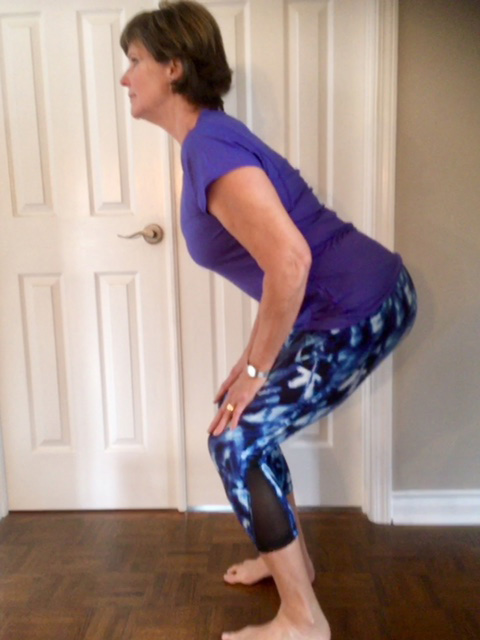In keeping with our own company’s long-term commitment to perioperative staff professionals, we’re devoting several of our Action Products blog posts this month to mind and body self-care strategies for relieving stress and increasing joy.
Yoga may be the answer, and yes, nurses may be able to do a few simple moves in between surgery cases. Here are some tried-and-true, easy to do yoga favorites (no need for special equipment or clothing – simply find a space and a wall for support):
- “Cat/Cow” for the BACK – this may be done standing with your hands lightly touching the top of your thighs, knees slightly bent. Begin by taking a deep inhale slowly through the nose, then exhale while arching your back upward (concave), pulling in your core. On the next inhale, keep your core in slightly while looking up slightly and round the back towards the floor (convex) and rolling your shoulders back. Repeat 15 to 20 times to fully stretch your spine and the muscles along your back.


- Hyper-extensions for SHOULDERS – Standing or seated, extend both arms upwards with a micro-bend at the elbows. On your inhale, extend your shoulders up to the ceiling until you feel your shoulder blades stretching. On the exhale, pull your shoulders and shoulder blades back into their original positions. Try this 10 times with deep, even nasal breathing.
- Stress and strain release for NECK – Standing or seated, gently tilt your right ear into your right shoulder while exhaling. Inhale your head back to center. Next, exhale your left ear into your left shoulder, then gently inhale back to center. After 2 or 3 reps in both directions, begin taking your chin diagonally toward your right shoulder upon exhaling, then inhale back to center; then repeat on the opposite side.
Use these three simple yoga moves several times each day. Don’t let tension, fatigue, and muscle overuse result in pain following you home. Especially when accompanied by deep breathing through the nose, they can be the perfect way to stave off pain and stiffness. As one OR Nurse put it, “Yoga is my stress-reliever and my friend. I take my practice with me to work every day.”






